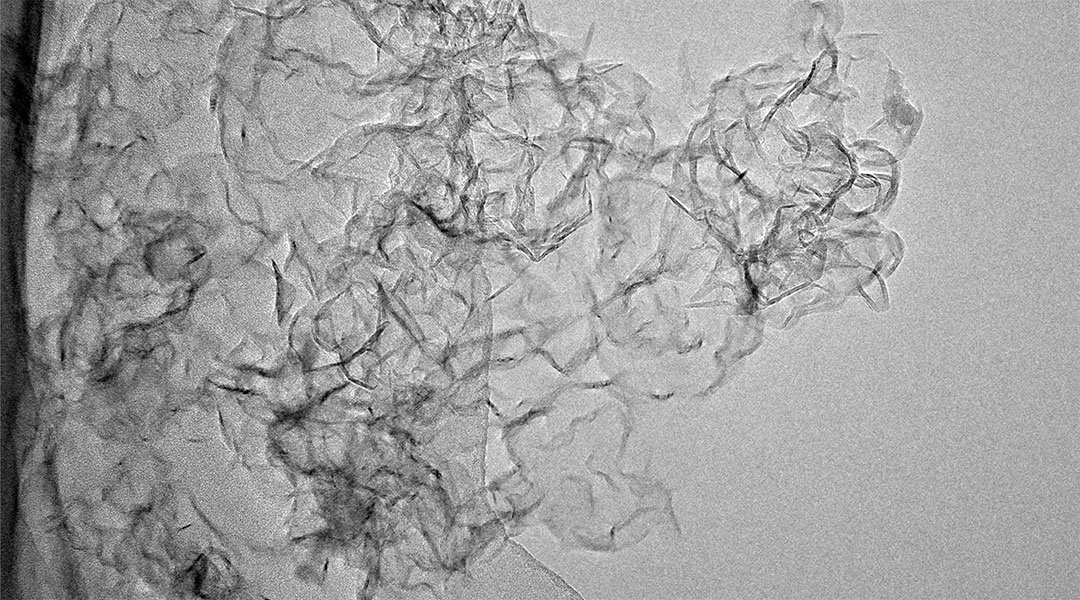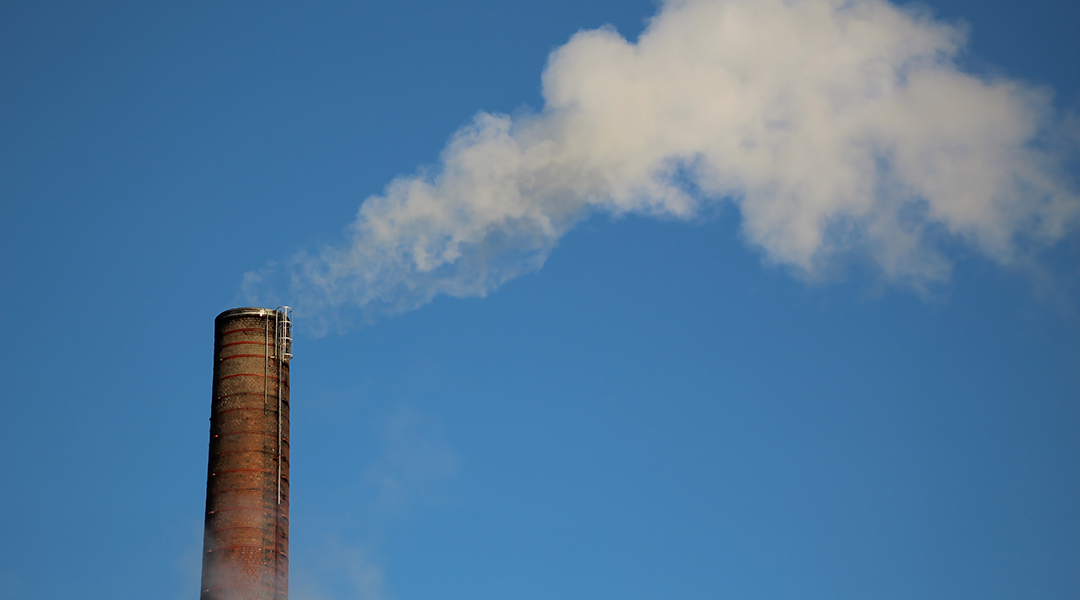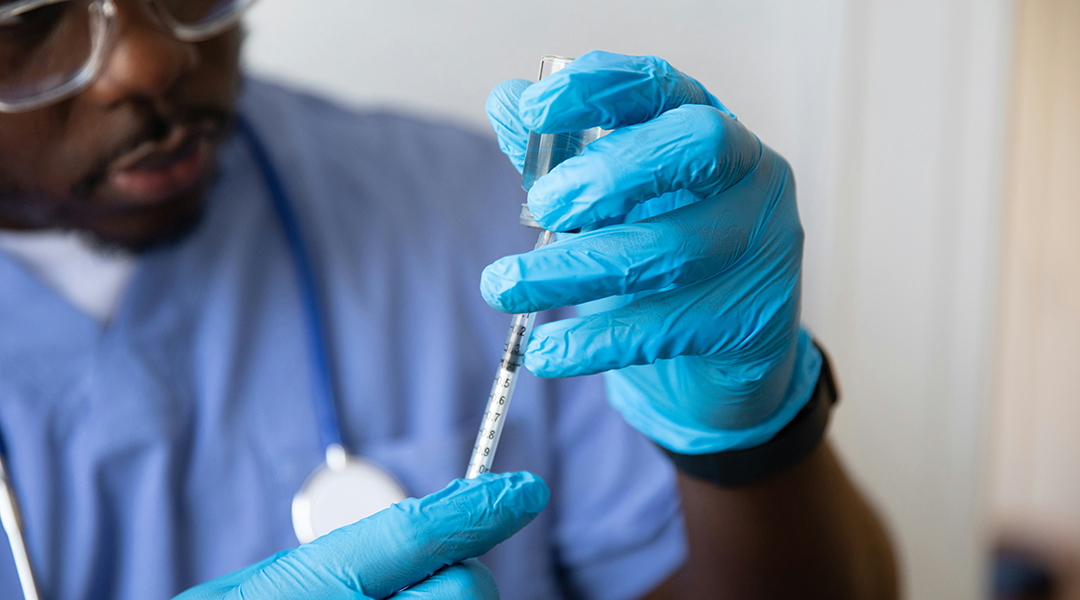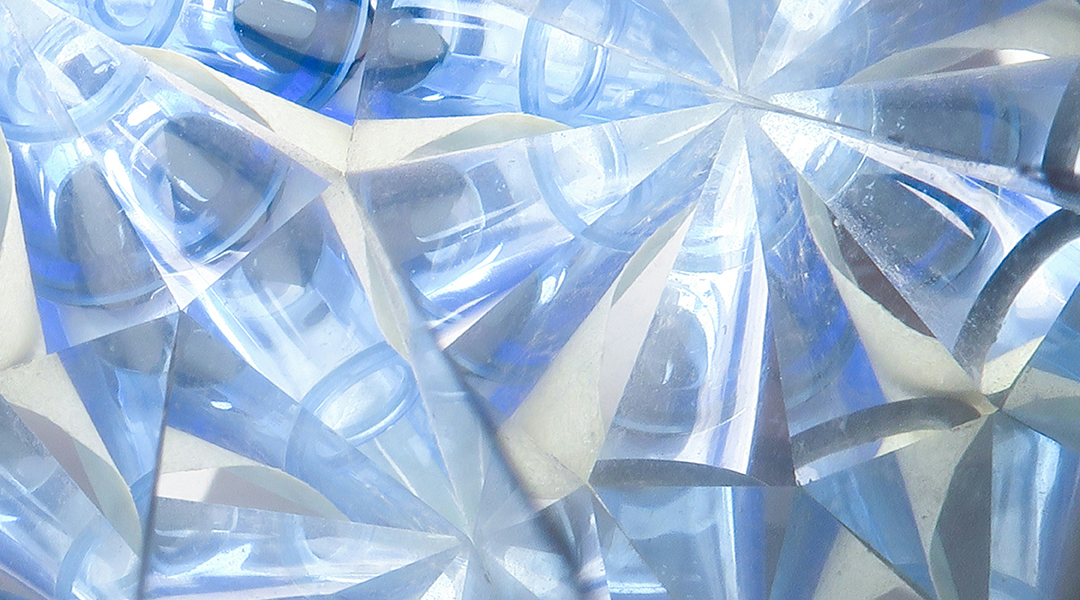Latest

Evolutionary biology explains why we make bad long-term decisions
A new study unveils why humans evolved to prioritize short-term gratification over better long-term outcomes.

A bionic sensor “sniffs” out food freshness to cut down on waste
This visual sensor connects to your fridge and syncs with your smartphone, providing real-time updates to help reduce food waste.

How bed bugs might help crack criminal cases
Forensic science may soon harness these blood-sucking pests, analyzing the blood they feed on to link suspects to crime scenes.

New radar system to help protect first responders in smoky situations
SmokeNav combines an inertial sensor and millimeter-wave radar to enhance situational awareness for first responders in hazardous conditions.

Cracking quantum hacking with flawed crystals
Scientists are using crystal imperfections to generate secure encryption, paving the way for quantum-resilient data protection.

Parkinson’s drug helps alleviate nicotine withdrawal symptoms
Researchers discover that a Parkinson’s drug, procyclidine, can reduce physical nicotine withdrawal symptoms, such as tremors and immobility.

Scientists report airborne bacteria found in garbage may age our blood vessels
Pathogenic bioaerosols detected at household garbage collection sites may contribute to vascular aging with high chronic exposure.
ASN Weekly
Sign up for our weekly newsletter and receive the latest science news directly to your inbox.

How can we spur plastic upcycling? Turn it into something valuable
Scientists convert harmful microplastics into valuable graphene using plasma, offering a promising solution for this type of pollution.

AI and robotics join forces to revamp how medications are made
Scientists are speeding up drug formulation to breath new life into old medications and reduce risk of clinical trial failure.

Could adding extra dimensions help solve the quantum gravity puzzle?
Adding extra dimensions to a theory known as “fuzzy gravity” may help bridge the gap between quantum mechanics and relativity.

Misinformation spreads like a nuclear reaction on the internet
The new model simulating nuclear fission replicates the start and spread of rumors founded in misinformation.

The threat beneath our feet: How soil microbes are losing the battle against crop disease
Just like our gut has helpful microbes, so too does the soil around plant roots. But what happens when antibiotics disrupt this balance?

Farming under solar panels: The promise of agrivoltaics in the fight for net-zero
Combining agriculture with solar energy, agrivoltaics offers a promising solution to reduce carbon emissions while boosting food production.

Molecules secreted by parasitic worms found to reduce scarring during wound healing
Researchers have discovered that a protein produced by parasitic worms in the gut enhances wound healing in mice.

3D-printed ceramics bring quantum tech one step closer to the reality
3D-printed ceramics enable smaller, more stable quantum devices for applications in quantum computing, sensing, and communications.

Remote-controlled robot is changing the game for endoscopes
A new teleoperated robot makes it possible to perform endoscopes remotely, making the procedure available in underserviced regions.

Using organoids to advance equity and inclusion in drug discovery
Addressing the lack of diversity in drug testing, scientists are using organoids from voluntary donors to enhance equity and inclusion.

Ritu Raman: “Your very existence in science is a form of activism”
Engineer, author, and educator Ritu Raman blends many talents and is fast becoming a leading figure in the biofabrication community.

From lasers to a Nobel Prize: A conversation with Donna Strickland
Canadian physicist Donna Strickland on breaking down barriers in laser physics and her life after winning the Nobel Prize.

Are carbon credits actually in line with climate mitigation efforts
Carbon credits are used by companies and corporations to offset greenhouse gas emissions, but are they simply an aid for greenwashing?

Lola Eniola-Adefeso: “When you feel you belong, everything becomes easy to tackle”
Chemical engineer and STEM advocate Lola Eniola-Adefeso deciphers components of the blood and designs therapeutic particles to help treat disease.

Merlin Tuttle: Helping bats helps people
Conservationist Merlin Tuttle protects bat populations worldwide through education and photography.

This 3D-printed breast implant could help stop breast cancer relapse
The customizable implant releases an anticancer drug in the presence of new tumors that might go undetected by MRI.

Do voice assistants help alleviate loneliness?
Scientists explored whether evidence backs up the growing belief that voice assistants like Alexa can alleviate loneliness, especially in the elderly.

Fused comb jellies share their secrets of regeneration
Two individual comb jellies can fuse into a single organism, providing an incredible feat of regeneration rarely seen in the animal world.

Enzymes help engineer safer, more effective vaccines
Researchers use enzymes to link antigens and adjuvants, creating safer and more effective vaccines by lowering the required adjuvant dosage.

Quantum entanglement allows scientists to track time more accurately
Scientists have built atomic clocks with unprecedented levels of precision by harnessing quantum entanglement.

A robot made from radish sprouts and the rise of plant-based machines
Radish sprouts power a new wave of eco-friendly robots that move, grow, and could even be eaten after their work is done.

3D-printed ceramics bring quantum tech one step closer to the reality
3D-printed ceramics enable smaller, more stable quantum devices for applications in quantum computing, sensing, and communications.

Remote-controlled robot is changing the game for endoscopes
A new teleoperated robot makes it possible to perform endoscopes remotely, making the procedure available in underserviced regions.

How can we spur plastic upcycling? Turn it into something valuable
Scientists convert harmful microplastics into valuable graphene using plasma, offering a promising solution for this type of pollution.

The threat beneath our feet: How soil microbes are losing the battle against crop disease
Just like our gut has helpful microbes, so too does the soil around plant roots. But what happens when antibiotics disrupt this balance?

Crushed glass replaces soil in this innovative approach to sustainable agriculture
Pilot study explores how recycled glass is being used to grow salsa ingredients, protect coastlines, and safeguard the future of farming.

Catalyst removes NOx pollutants at room temperature
A new material converts NOx environmental pollutants into harmless byproducts without the need for any heat.

Gigantic cosmic strings may have spawned supermassive black holes and galaxies
Scientists theorize that cosmic strings interacting with dense matter in the early universe provided the seeds for galaxies and black holes.

A Big Ring in the sky challenges modern cosmology
The discovery of colossal structures like the Big Ring is reshaping established theories about the physics of the Universe.

Anti-aging for lasers: Gallium nitride lasers get a longevity boost
Scientists have uncovered the cause of rapid degradation in powerful gallium nitride lasers and develop a solution to extend their lifespan.

A working quantum battery may be just around the corner
Scientists create designs for quantum batteries, which harness the potential of quantum mechanics to enhance energy storage.





